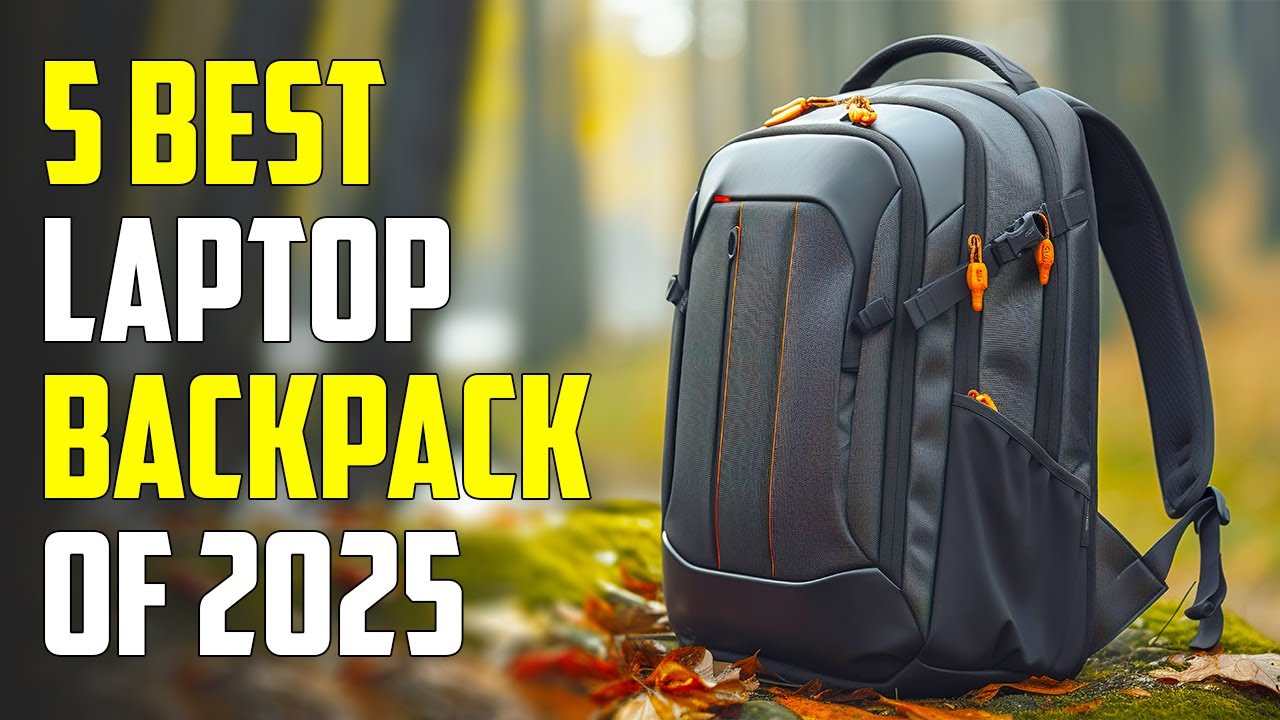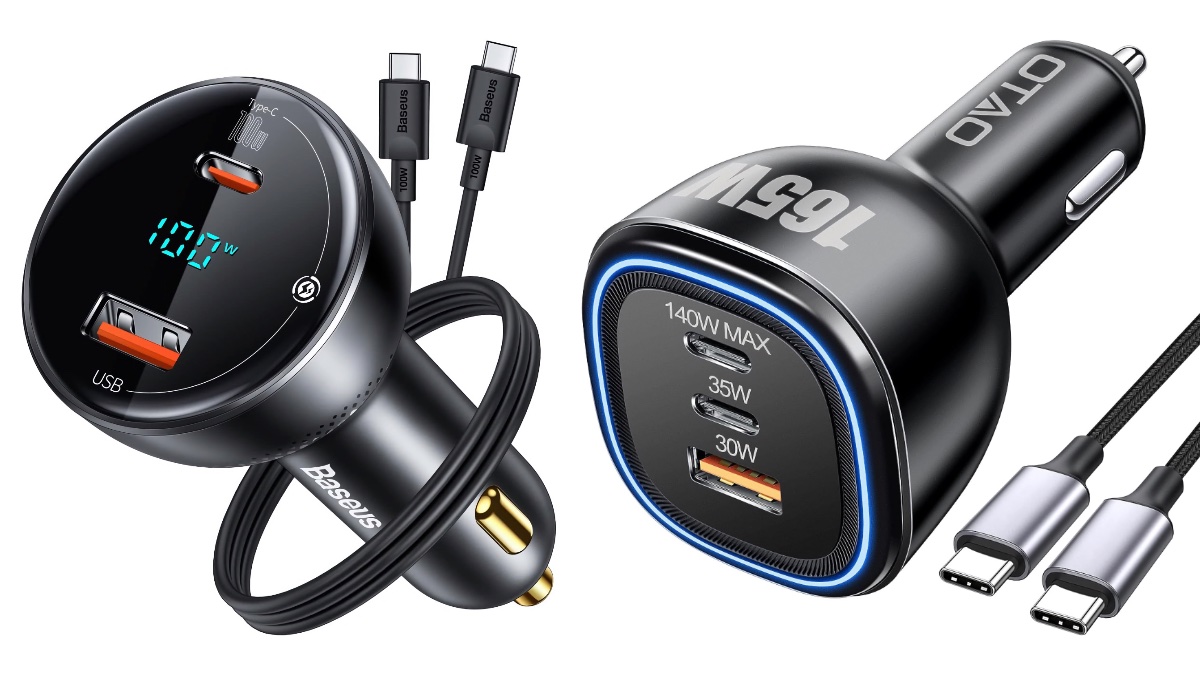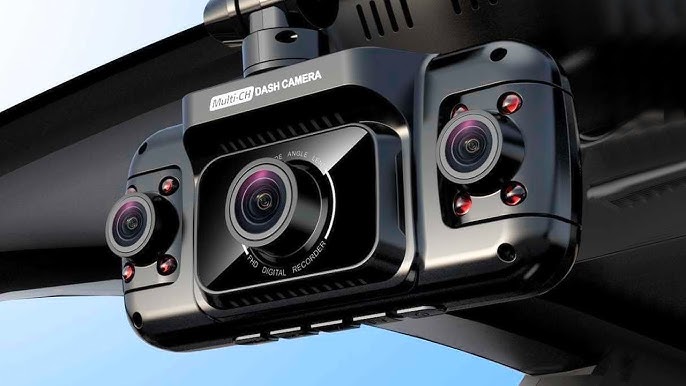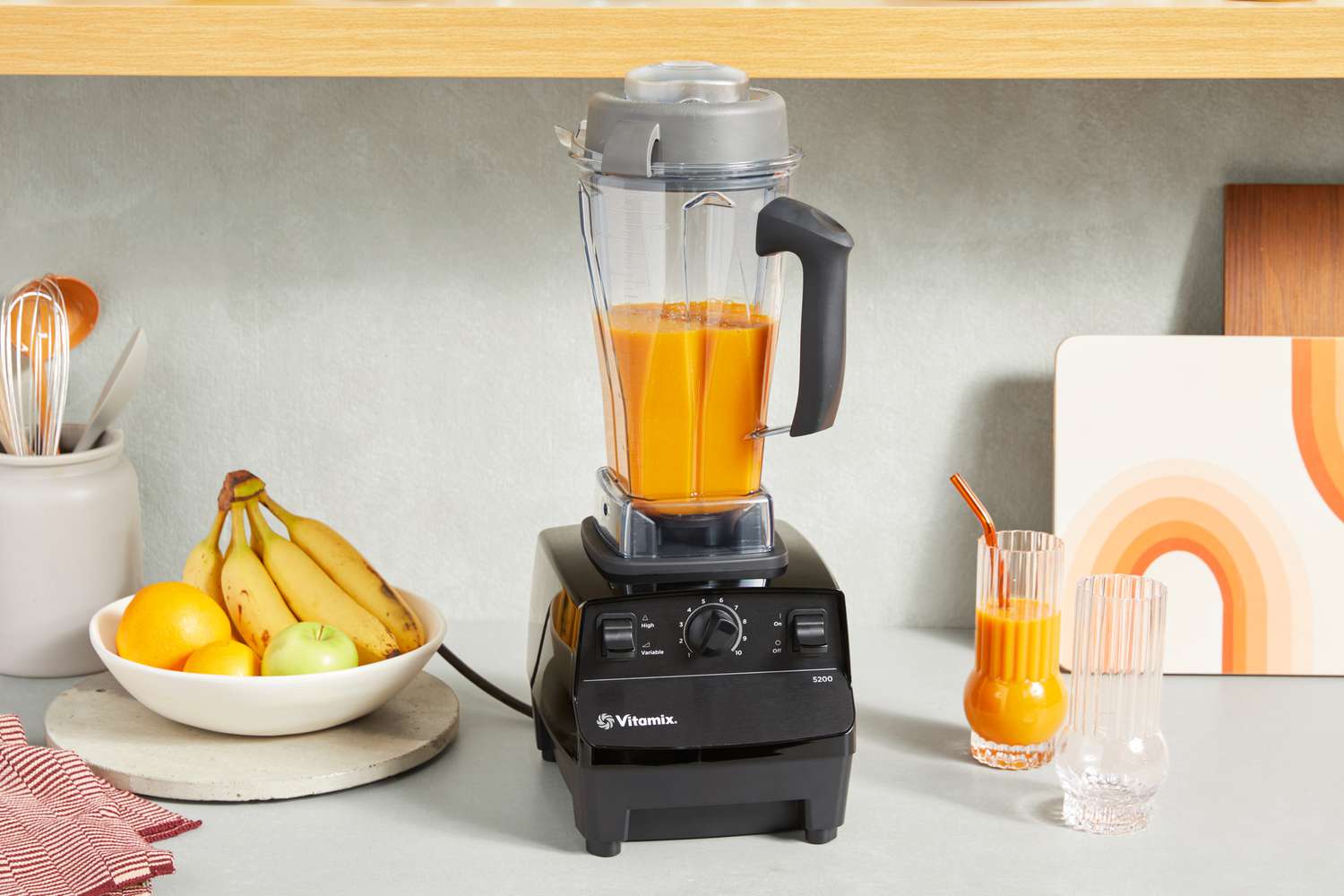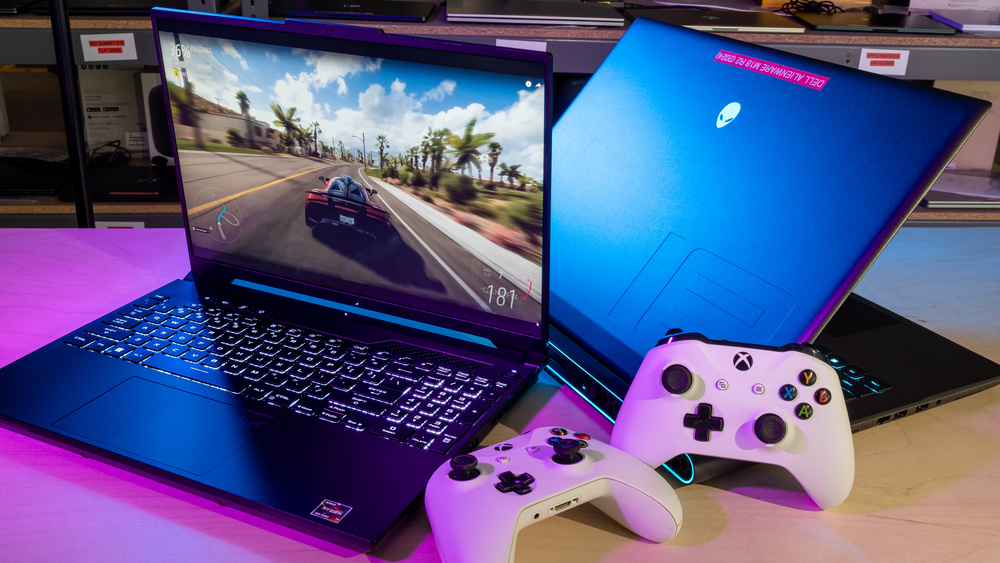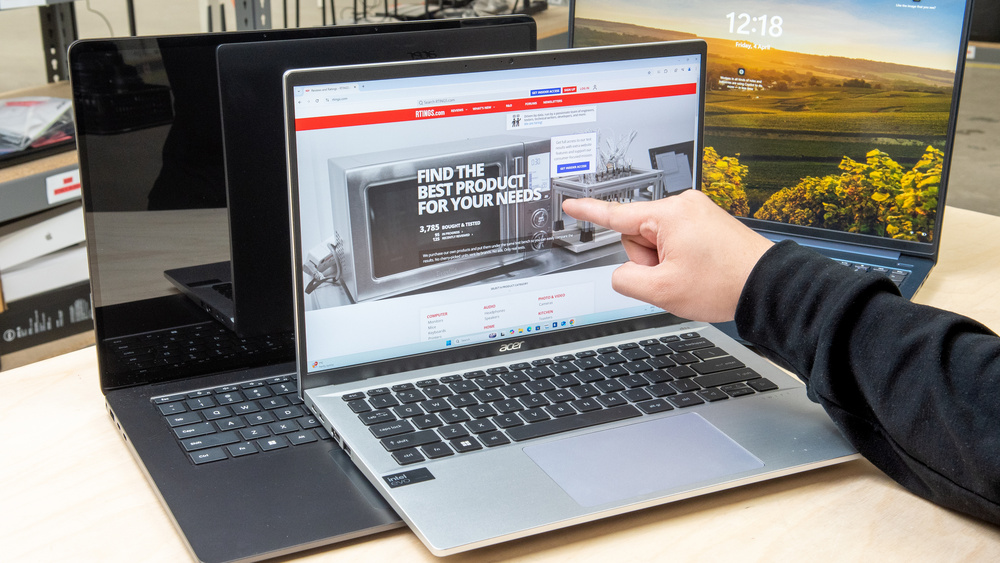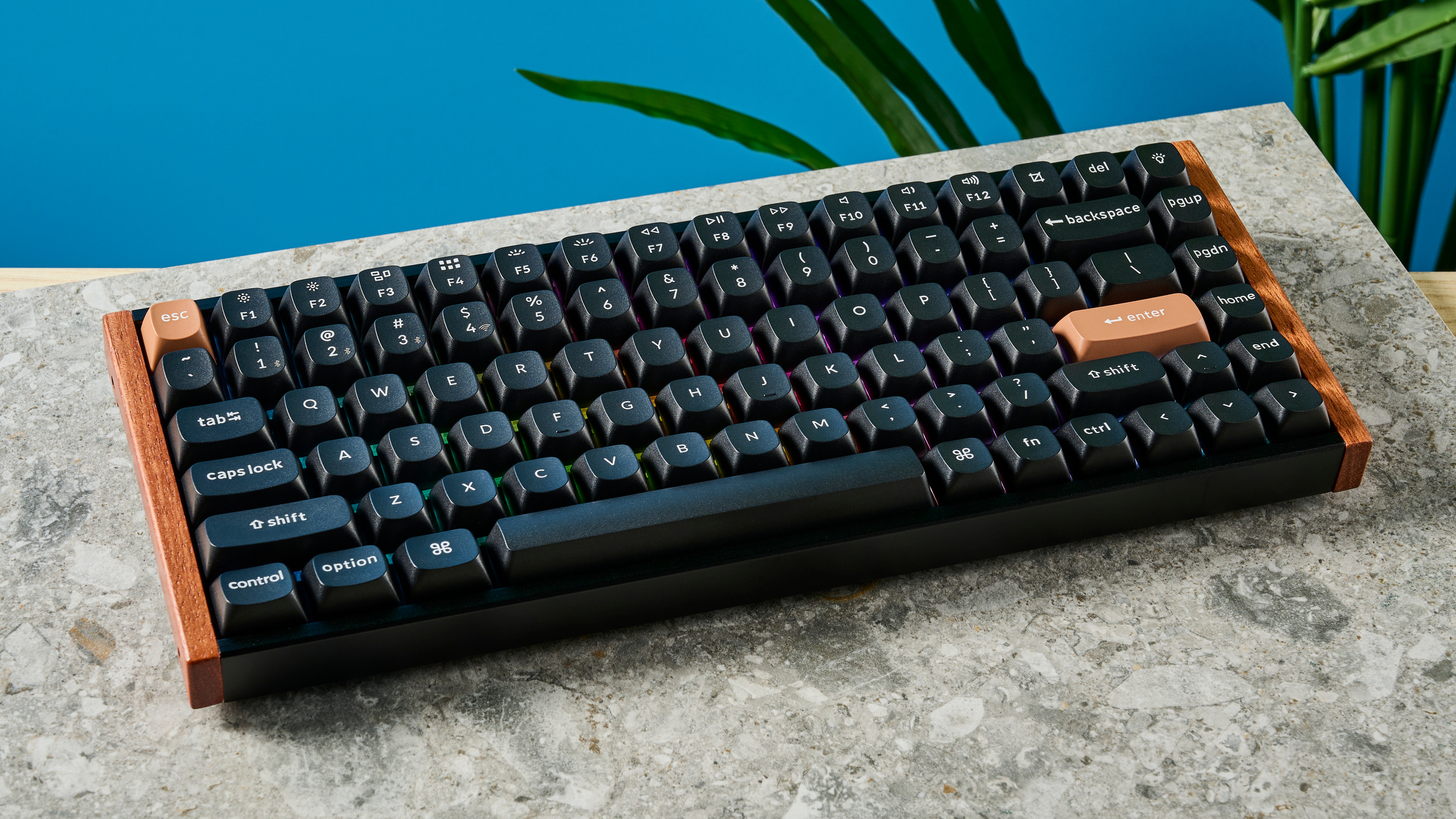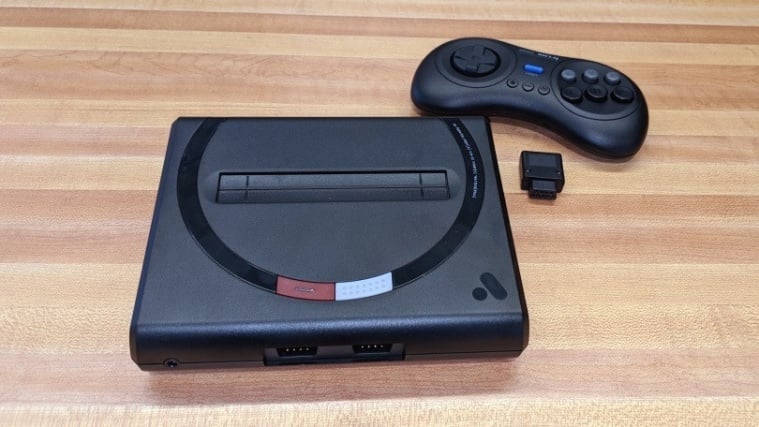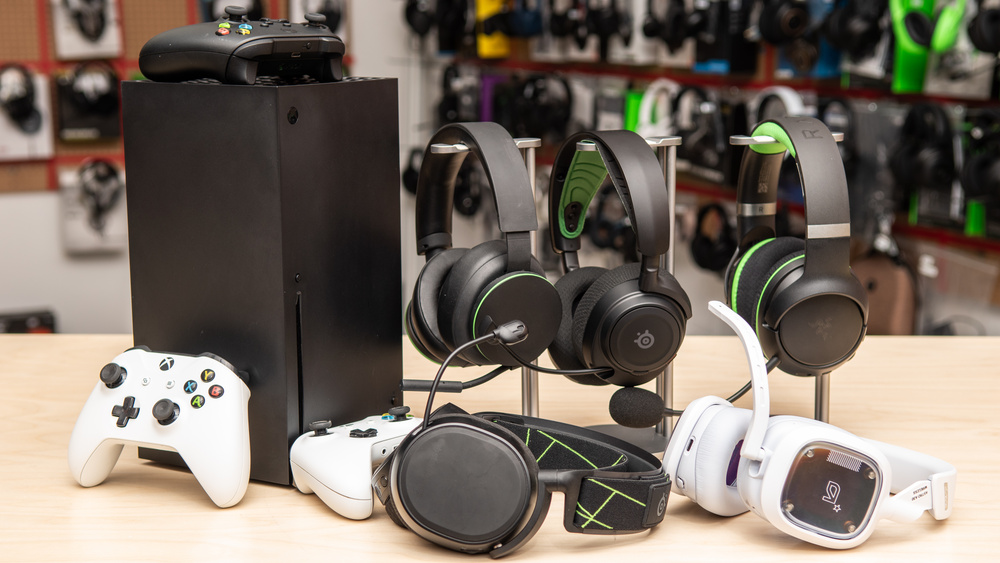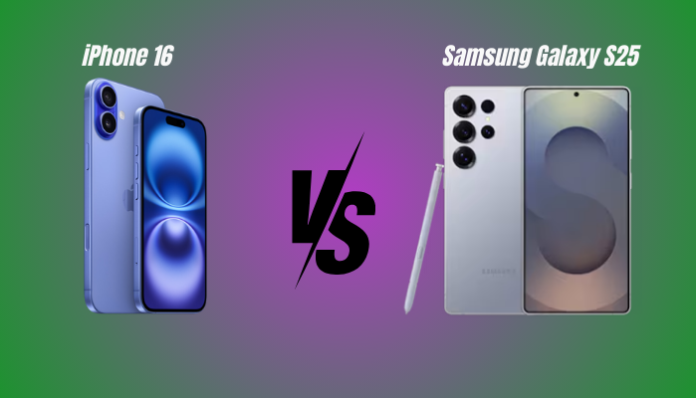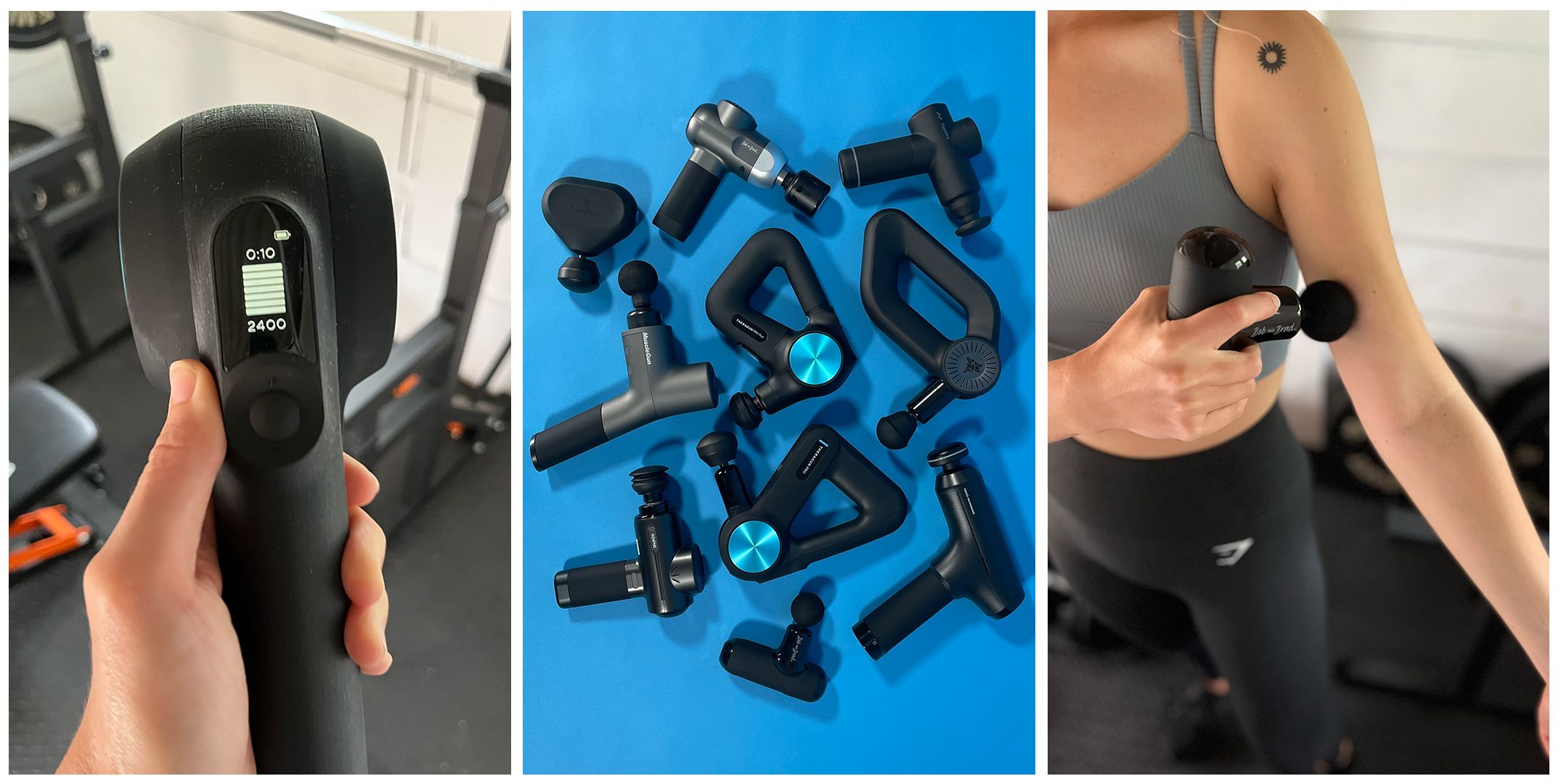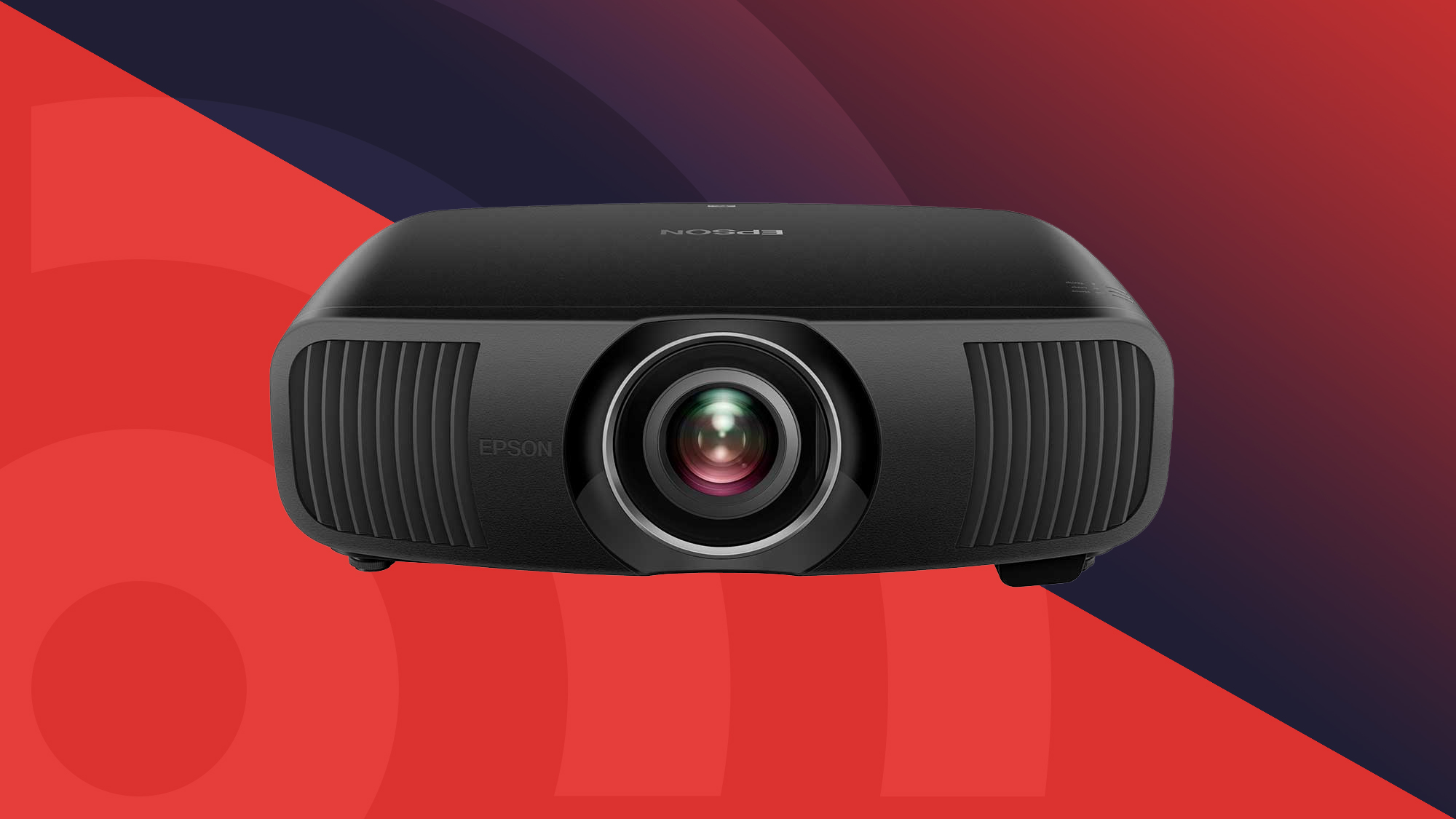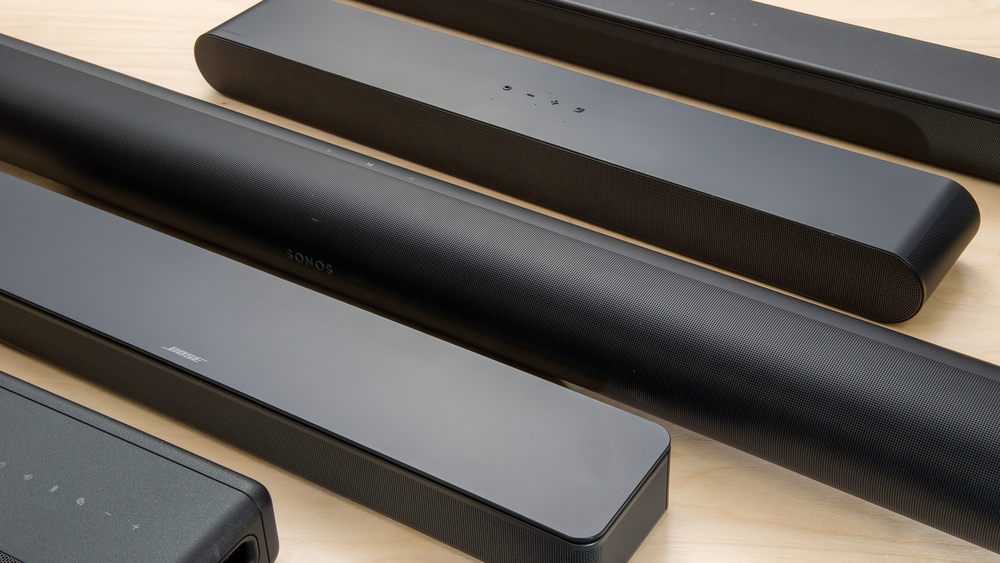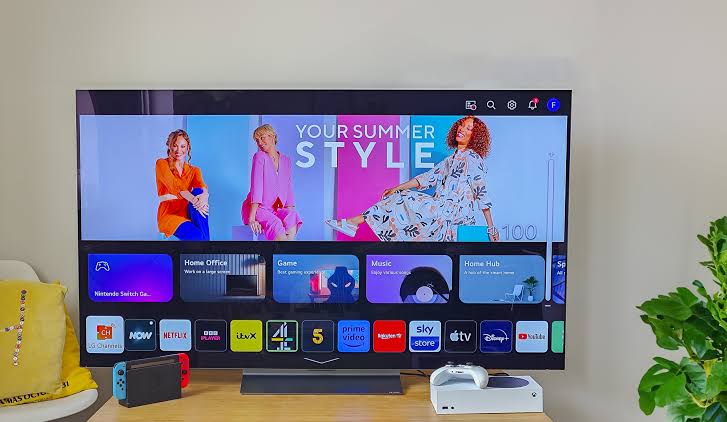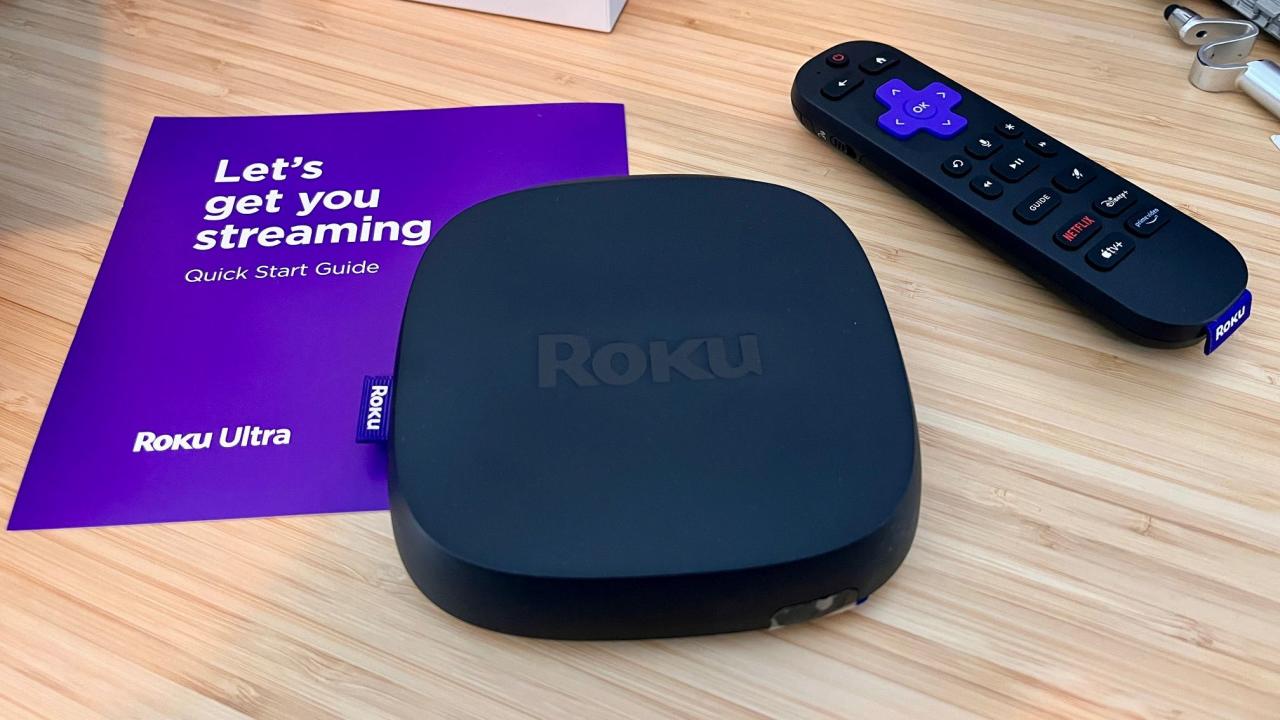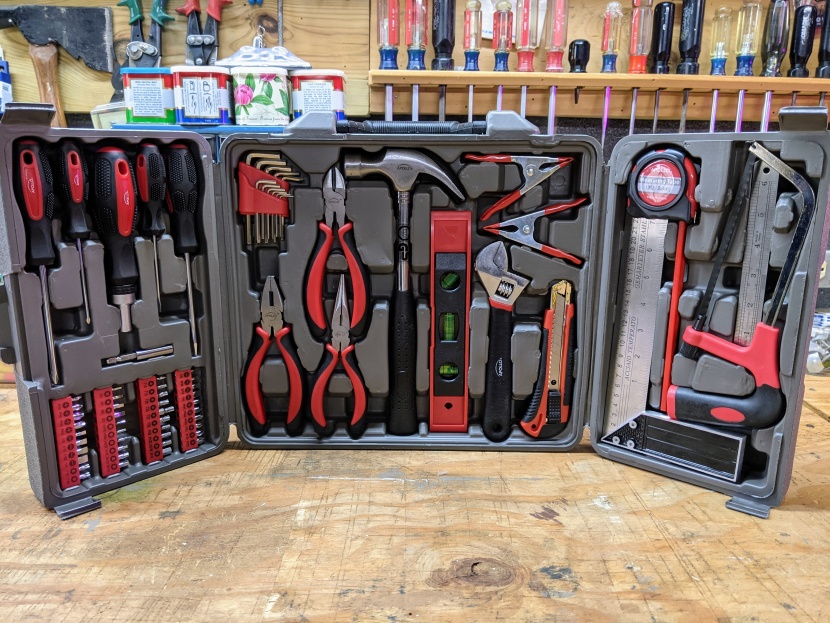Valve’s long-anticipated handheld, the Steam Deck, isn’t just another gaming gadget—it’s a bold attempt to redefine PC gaming on the go. With the power of a desktop packed into a portable device, the Steam Deck challenges everything we thought we knew about handheld gaming.
But is it truly the future of portable gaming, or just a powerful niche toy? Let’s dig into this comprehensive review.
Design & Build Quality
At first glance, the Steam Deck looks like a supersized Switch, but there’s far more to it. It features:
- A 7-inch LCD touchscreen (1280 x 800 resolution)
- Responsive thumbsticks and trackpads
- Full-sized controls (including gyro and back buttons)
Despite its size, the layout is ergonomic. It’s hefty at 1.47 lbs (669g), but surprisingly comfortable for extended sessions. The matte plastic body feels solid and built for serious gaming.
✅ Pros:
- Full PC control layout
- Responsive controls and triggers
- Well-balanced weight for handheld play
❌ Cons:
- Too large for some users
- No OLED display (yet)
Performance
Powered by a custom AMD APU (Zen 2 + RDNA 2), the Steam Deck is no slouch. It runs AAA titles like Elden Ring, Cyberpunk 2077, and Baldur’s Gate 3 at 30-60fps, depending on settings. Thanks to Proton (Valve’s compatibility layer), it runs many Windows games on SteamOS with minimal issues.
Load times are fast, and switching between games is seamless. Performance-wise, it punches well above its weight.
✅ Pros:
- Excellent performance for a handheld
- PC-level gaming on the move
- SteamOS is constantly improving
❌ Cons:
- Occasional compatibility hiccups
- Gets warm during demanding games
Battery Life
Battery life depends heavily on what you’re playing:
- Indie/2D games: 5–7 hours
- AAA titles at medium-high settings: 2–3 hours
With settings tweaks (frame limit, brightness, TDP), users can extend playtime, but heavy games still drain it quickly.
✅ Pros:
- Decent battery for lighter titles
- Customizable performance settings
❌ Cons:
- Short battery for graphically intense games
- No fast charging
Software & Compatibility
Steam Deck runs SteamOS 3.0, a Linux-based system. It’s optimized for Steam, but users can:
- Install Windows
- Use non-Steam game launchers (like Epic or GOG)
- Run emulators and apps
In essence, it’s a portable Linux PC. The interface (Big Picture mode’s successor) is intuitive, and Valve’s Deck Verified program helps you find compatible games easily.
✅ Pros:
- PC-level flexibility
- Easy to customize
- Desktop mode available
❌ Cons:
- Still a learning curve for Linux novices
- Windows setup not plug-and-play
Storage & Expansion
The Steam Deck comes in three storage variants:
- 64GB eMMC (budget-friendly, slower)
- 256GB NVMe SSD (faster)
- 512GB NVMe SSD (fastest + anti-glare screen)
Thankfully, you can expand storage via microSD, and performance on fast microSD cards is surprisingly good for most games.
✅ Pros:
- Expandable storage via microSD
- Fast internal SSD options
❌ Cons:
- Base model storage is limited
- NVMe models raise the price
A Bold Leap Forward
The Steam Deck isn’t perfect—but it is revolutionary. It delivers a near full-fledged PC gaming experience in a form factor that fits in your hands. For gamers who want to take their entire Steam library wherever they go—or tinker with Linux, mods, or emulators—it’s the most powerful portable option available today.
Is It the Future of Portable Gaming?
Very likely. As Valve continues improving software and developers increasingly support it, the Steam Deck sets a new standard for handheld gaming—flexible, powerful, and open-ended.
🔍 Quick Overview:
| Category | Verdict |
|---|---|
| Design | Solid and ergonomic, but large |
| Performance | Excellent for a handheld |
| Battery Life | Good for indie, weak for AAA |
| Software | Powerful, open, but slightly complex |
| Value | Incredible gaming potential for the price |
